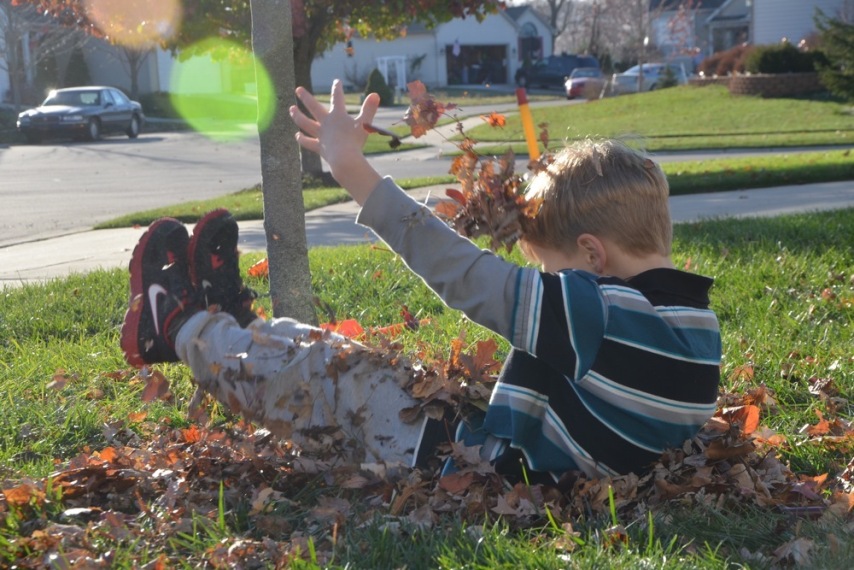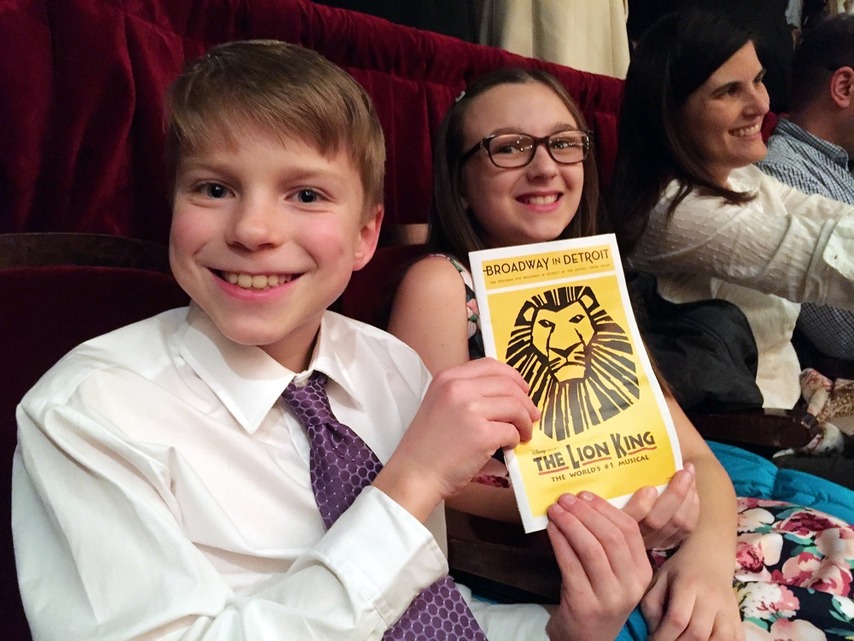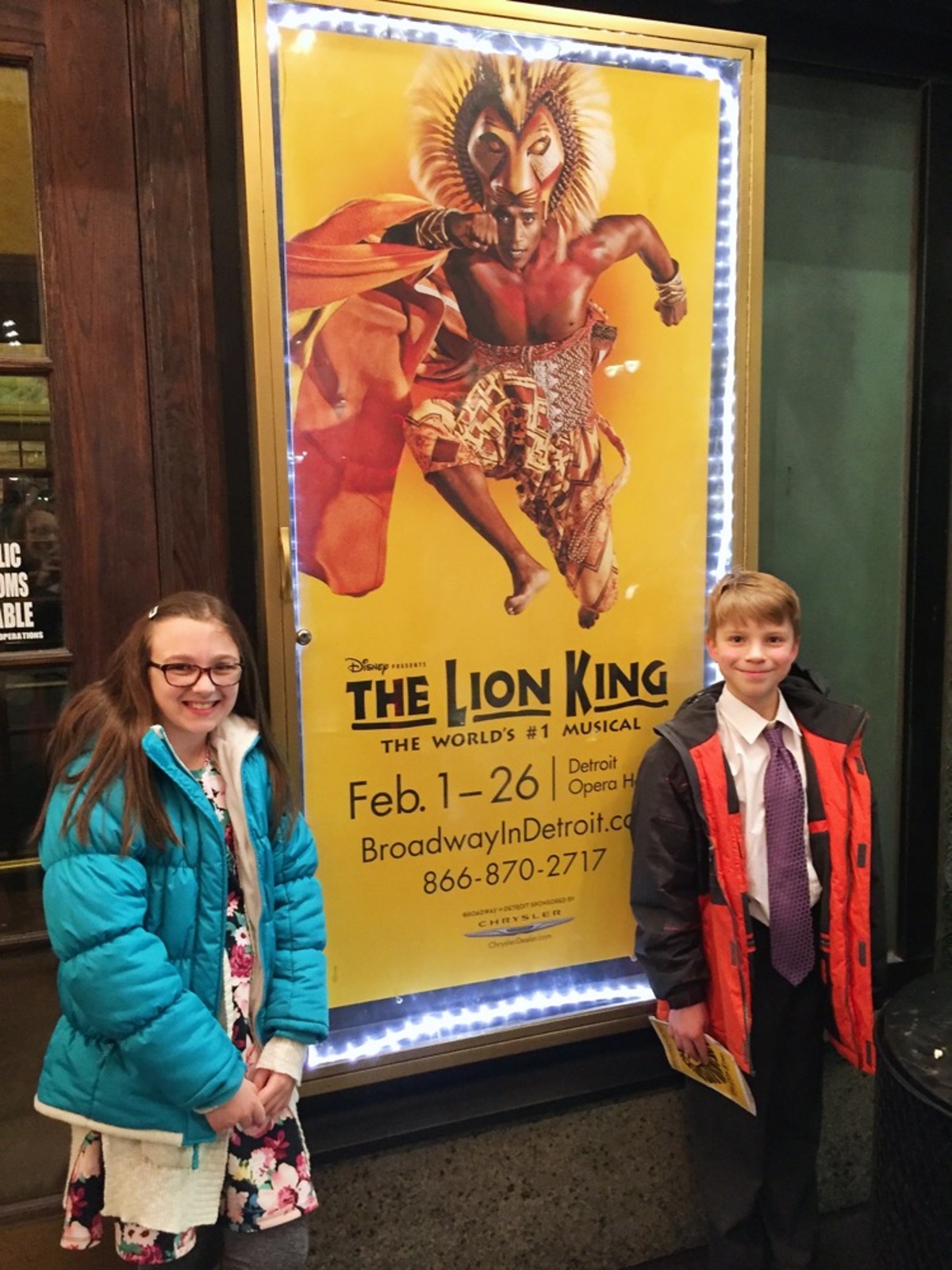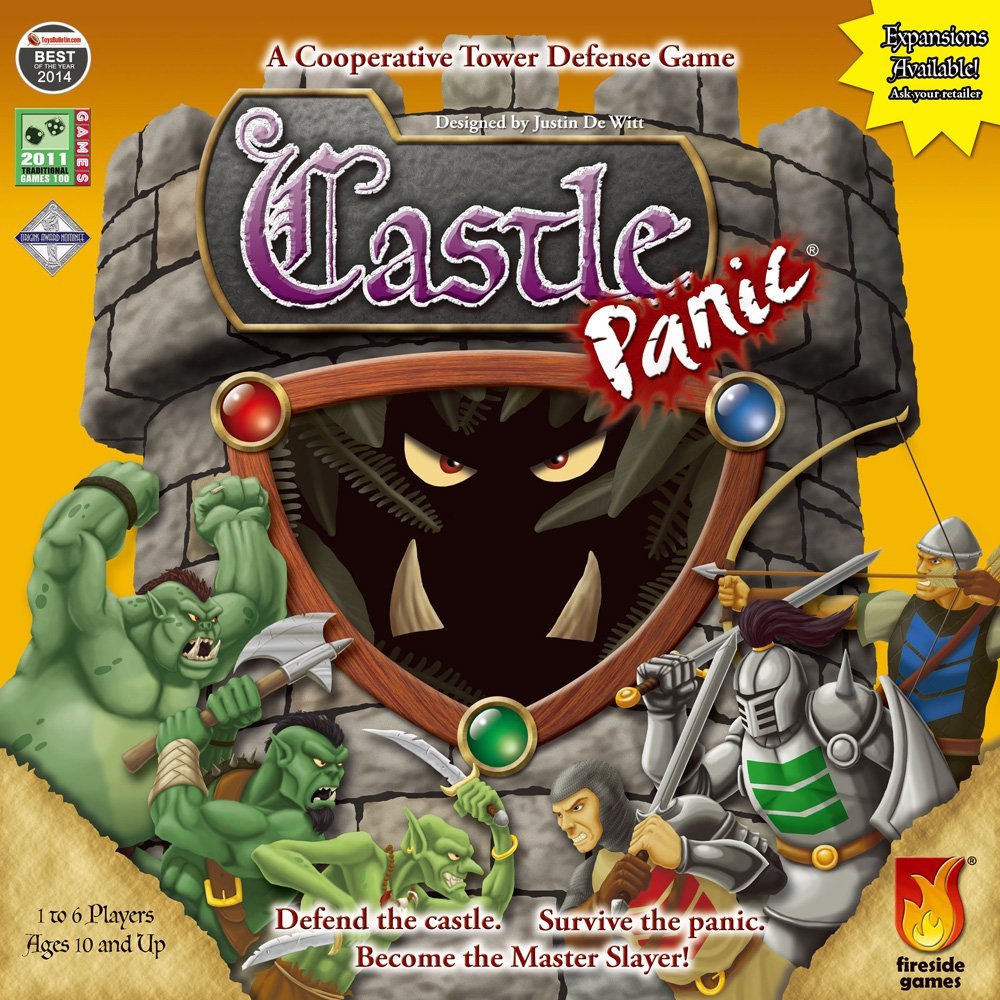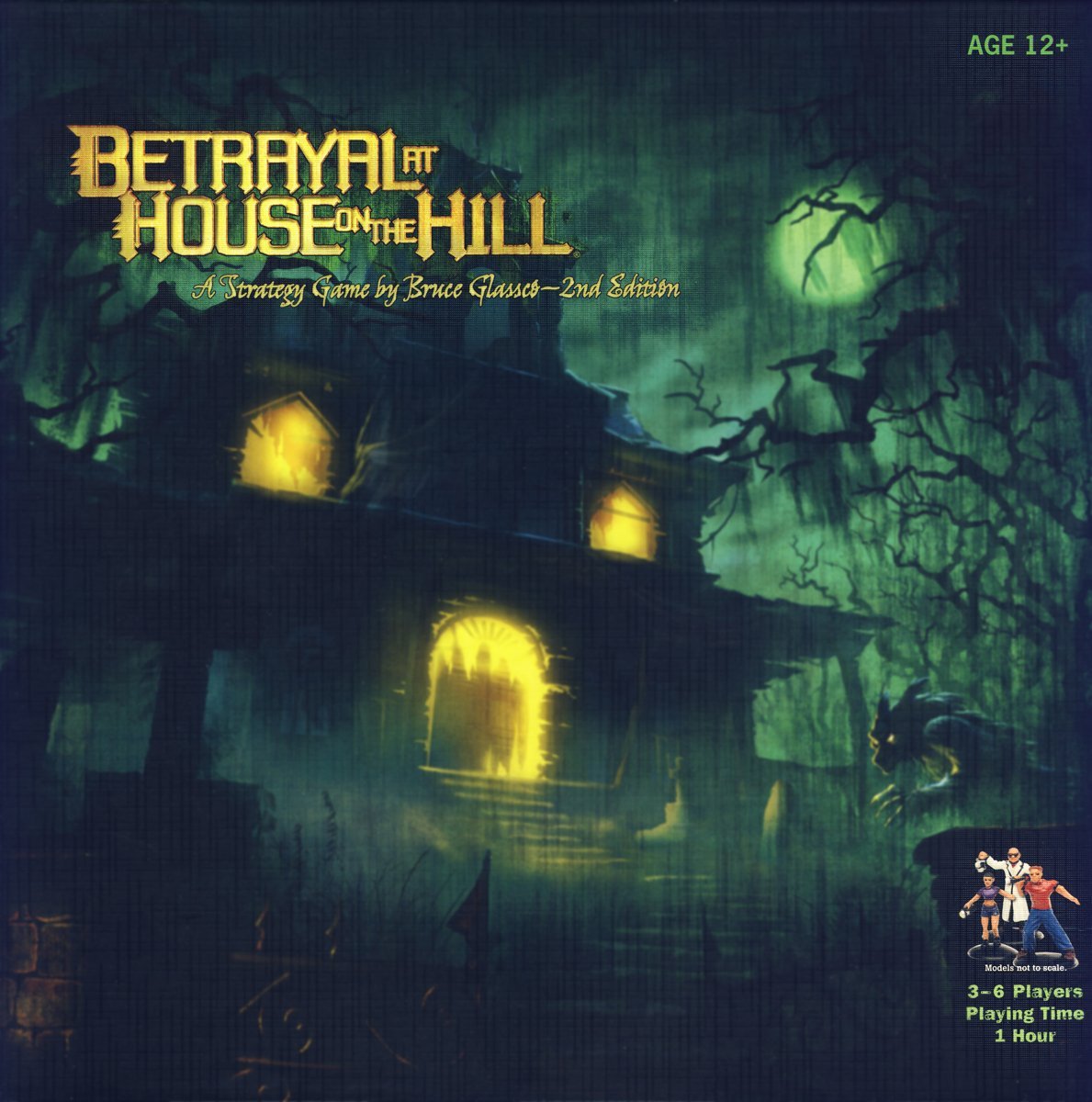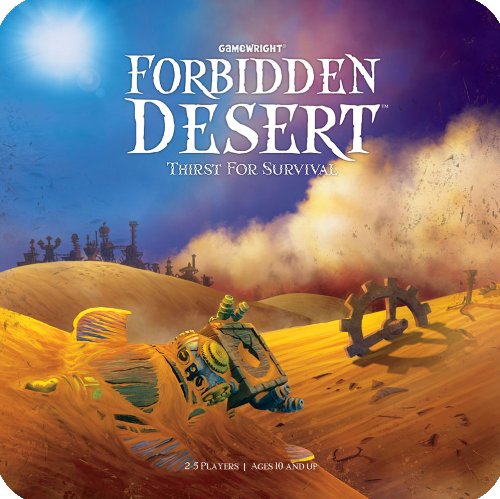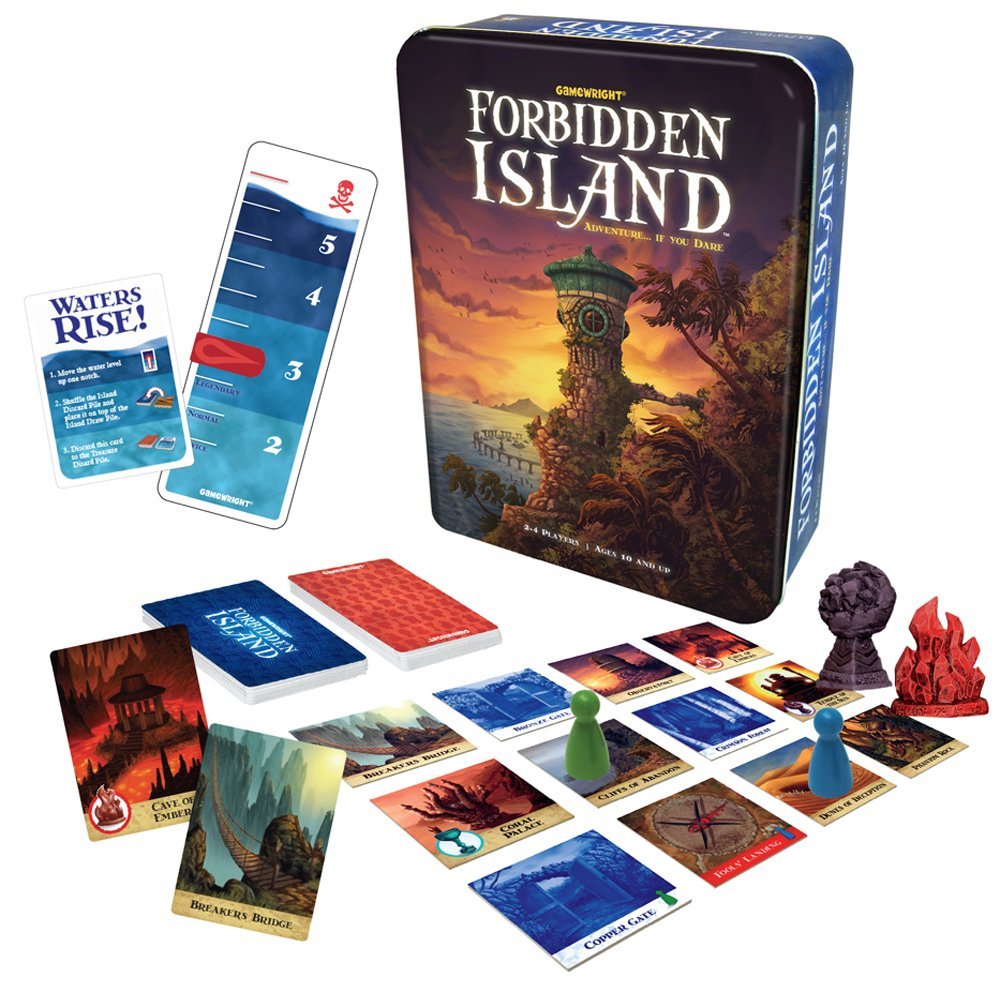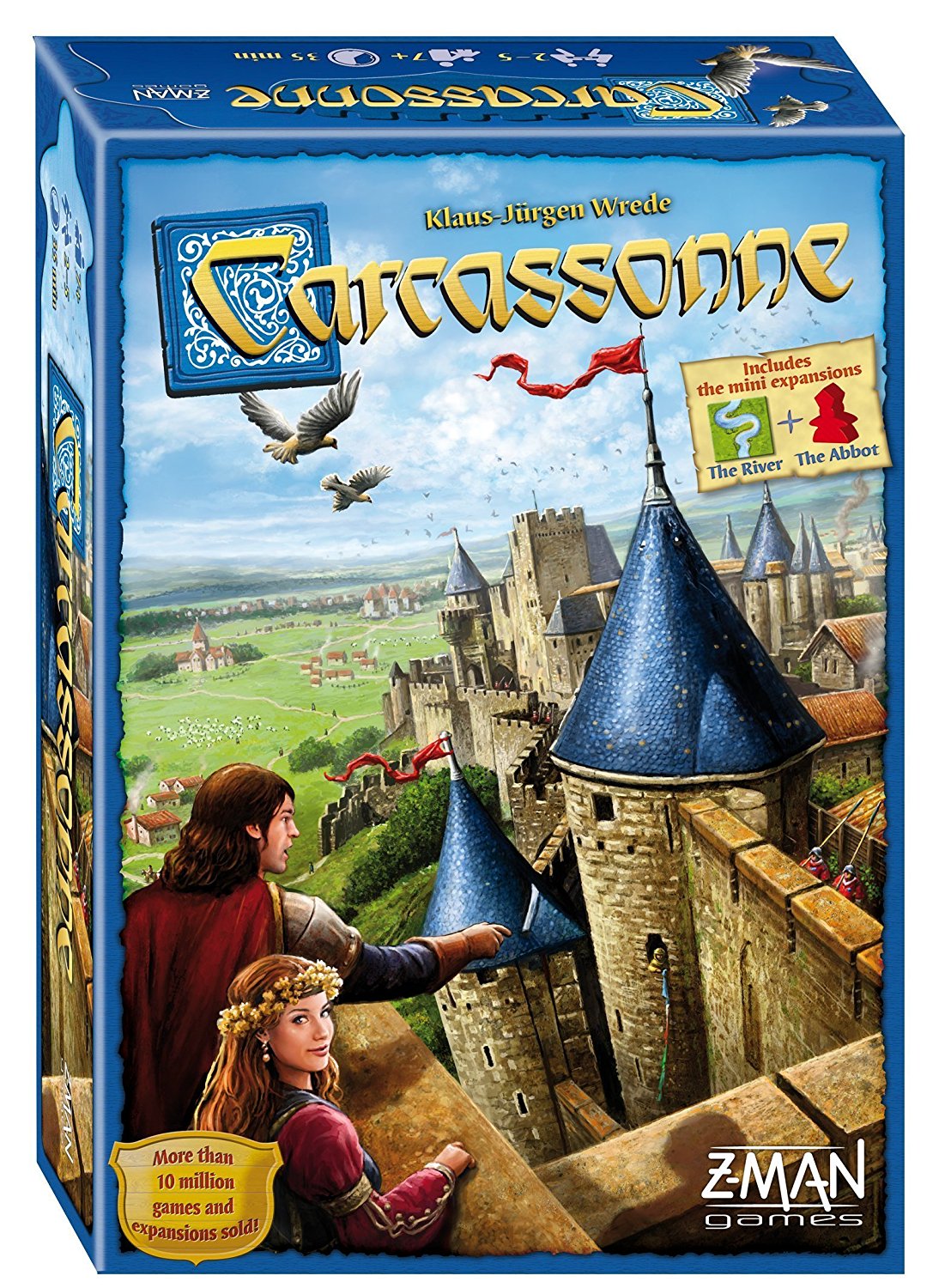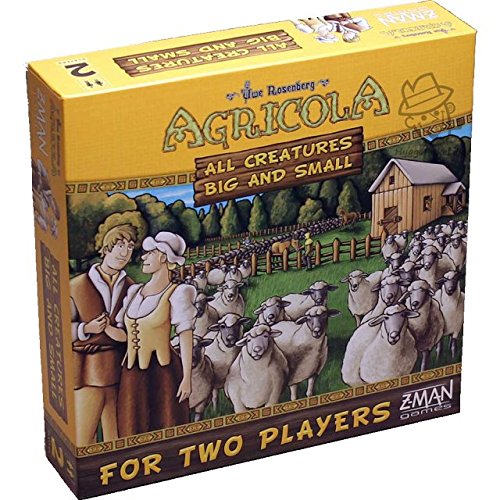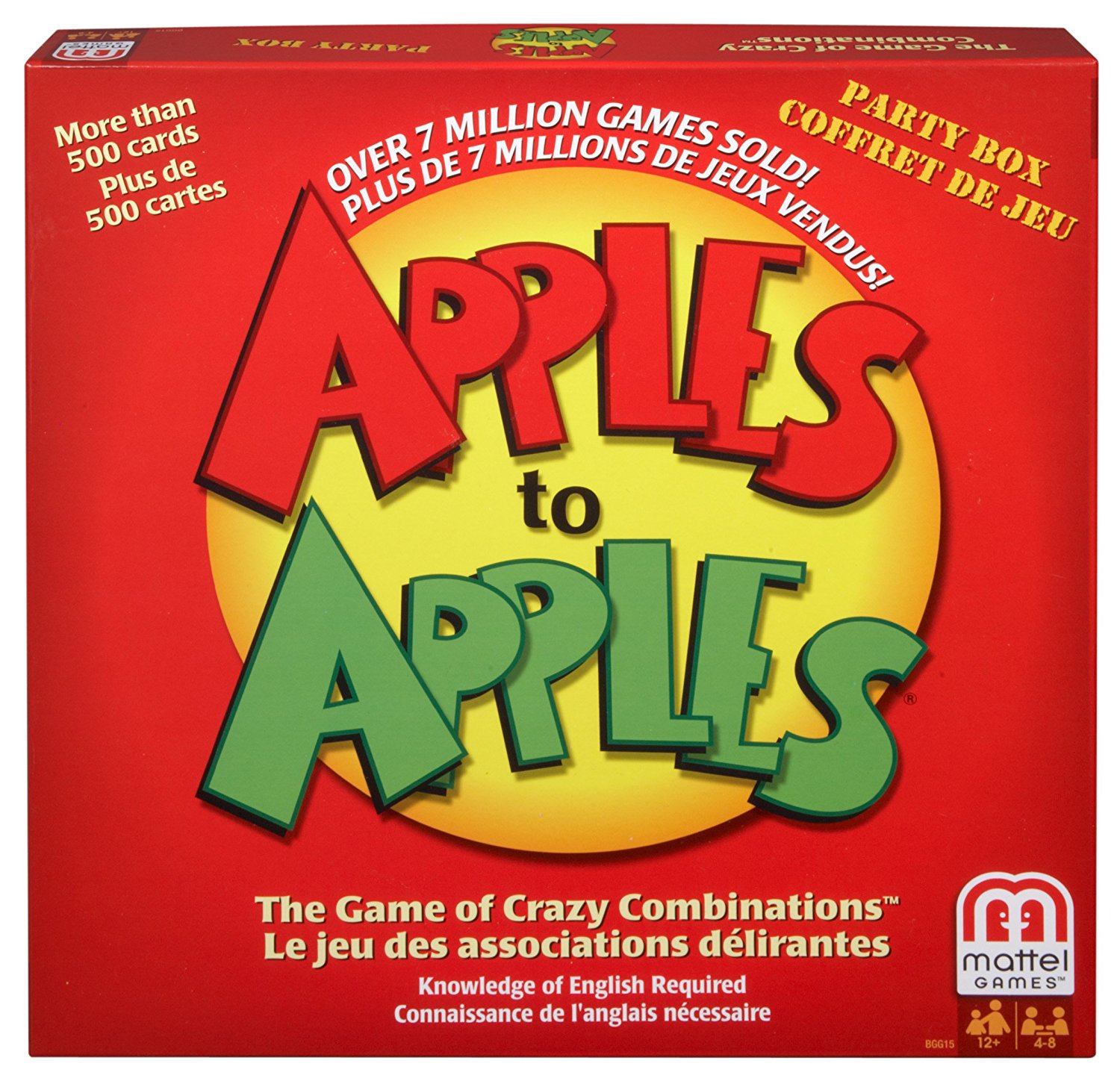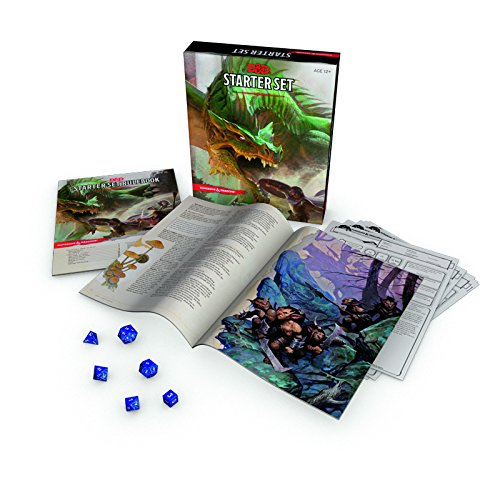10 things to love about homeschooling
(1) The pacing. Go fast, go slow, go a little of each. In homeschooling the limited number of students, only one in our case, allows the class to go at whatever pace it wants. And that pace can change throughout the year, as many times as you want. Maybe you flew through multiplication but are struggling with fractions. Maybe you sped through Animal Farm but are finding Moby Dick more time consuming. In homeschooling you can set your own due dates, and change them as necessary. No harm done.
(2) The personalized subjects. I do believe in the value of learning at least a little bit of everything out there, but personalizing our homeschool schedule allows us to devote extra time to the things Calvin loves. And again, we can change things up as the year goes on. We focused heavily on literature and science in the fall to go with our travel plans. This winter Calvin was enthralled by the math he was getting into, so we cut back on literature and gave more daily time to geometry. Come spring and good weather, we were back outside pursuing science again, this time with a side of art, because that's what tickled his fancy. We're doing at least a little bit of everything, but our focus shifts fluidly throughout the year.
(3) The personalized style. With regards to teaching and learning alike, we are all different. Some people are visual learners, others more hands-on. Some need lots of guidance, others are introverted, or autodidacts. And probably most of us learn different subjects differently. In homeschooling the method can be made to match the learner, the teacher, the subject, or a mixture of all of the above.
(4) Mix and Match curriculum. When we first started homeschooling I discovered and fell in love with The Well Trained Mind. In it, Susan Wise Bauer describes the benefits of a classical education and lays out, year by year, the methods and materials for achieving one. I sat down and with great dedication created a general map of the next four years, and a detailed schedule for the next four years, and immediately ordered all the materials we needed to get started. Oh the folly. It didn't take long to find that the package deal wasn't going to work, and by Christmas I'd already tossed the detailed schedule and reworked the four-year plan. We pick and choose our curriculum based on what's working, and feel completely free to change it up whenever something isn't.
(5) The schedule. Or lack thereof, really. Some weeks we work every day but are done by lunchtime. Other weeks we work two or three full days and take the others off. Sometimes we work on weekends, sometimes we take whole weeks off. When we're stuck at home with light but contagious illnesses we get lots of tedious work done and save our healthiest, most exuberant days for more fun stuff.
(6) The travel, or break, schedule. Related to the benefits of scheduling, we can take our vacation time whenever we want, meaning we get to go when the lines are shortest and/or the weather is the best. One of our favorite travel times is in early fall, after kids have started school but before they've started field trips, after the hottest days, before the coldest. Another great time is January, right between the public school breaks.
(7) Awayschooling. Speaking of travel, homeschooling allows you to take field trips to a whole new level. We spent three weeks in Italy once, discovering ancient Rome through the Renaissance. Another time we spent a long week touring Washington D.C. after studying the American Revolution. Last fall we took our studies to the northwest. Awayschooling can be proactive or reactive. We've planned trips to go with our studies before, but more often we plan trips then tailor our studies to go with them. Either way, kids are learning in time and place what they could never really get so fully from a book at a desk.
(8) The socialization. What? Homeschoolers are socialized? Here's the thing. Kids are learning socially all the time. They learn from watching adults interact as well as from their own experiences. In a classroom kids spend most of their time observing an adult or two lecture a classroom of kids who may or may not care. The rest of their time they spend learning how to be social from others who are equally clueless in their cohort. You wouldn't ask the average first grader to teach another average first grader their academics, why would we ask them to teach each other manners, respect, or compassion? Homeschoolers spend their time in a more evenly mixed world. Some parents, some teachers, and other kids of a wide variety of ages, all working together to define society and culture. At the store, at homeschool group gathers, with kids in the neighborhood, at the library, at the post office...we learn about being social in the community from the community itself.
(9) The partnership. I am not responsible for the learning or the teaching in our household all by myself, it is a process that Calvin and I work through together. From the planning stage to the implementation stage to the grading stage, Calvin is a partner in every step of his education, and that gives him ownership over it. We all tend to respect our own things just a little more, and that ownership is a great way to keep kids engaged and respectful of their learning processes. It also gives them an understanding of the process, and a language for discussing it, that will serve them well for all their lives.
(10) The witnessing. This one is a little touchy feely, but I can't help it. I love spending our days together and witnessing all every discovery, every new skill mastered, every bit of excitement that comes in growing and learning. Not every day is great. Heck, some days are downright awful, but the bright moments are well worth the sacrifice and hardships. I truly love this life of ours.
 homeschooling,
homeschooling,  lists,
lists,  top ten
top ten 